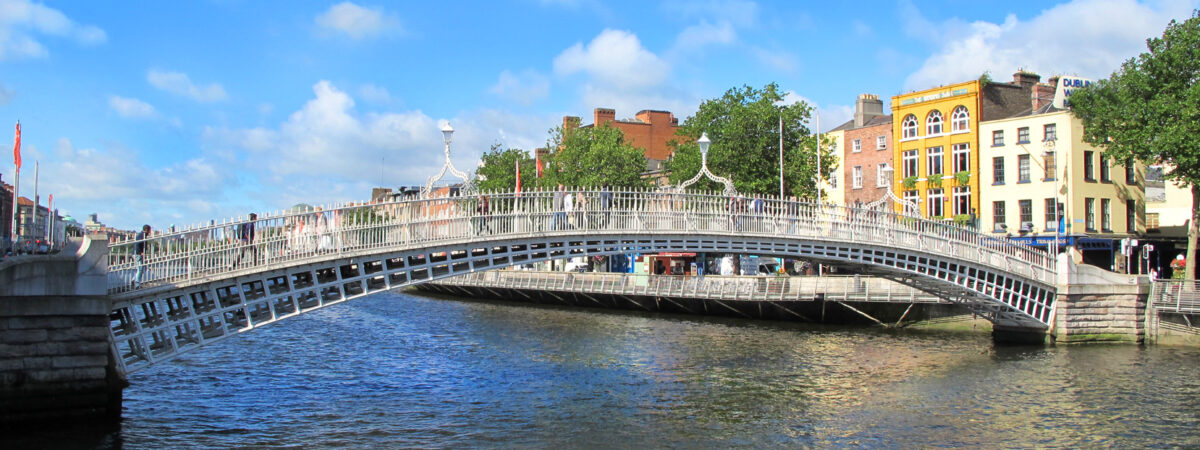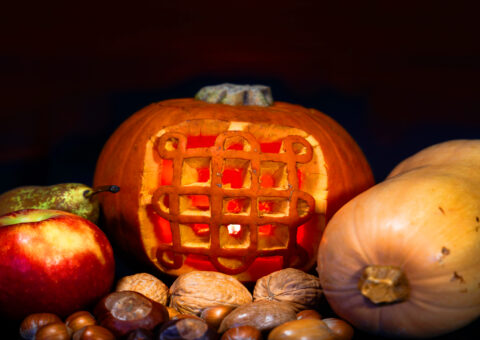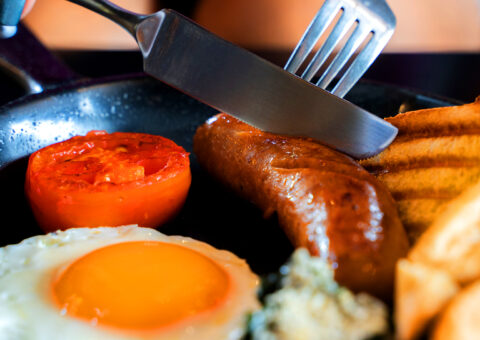Divided into the Northside and Southside by the River Liffey, Dublin’s fair city of nearly 1.5 million is home to about a third of Ireland’s population. You can feel the brisk tempo of this busy capital — with its vibrant arts and culture, upsurge in restaurants, and classical Georgian neighbourhoods bumping up against rapidly changing areas like the Docklands. Local expert Emily Cathcart says there’s always something to see in Dublin when you know where to look.
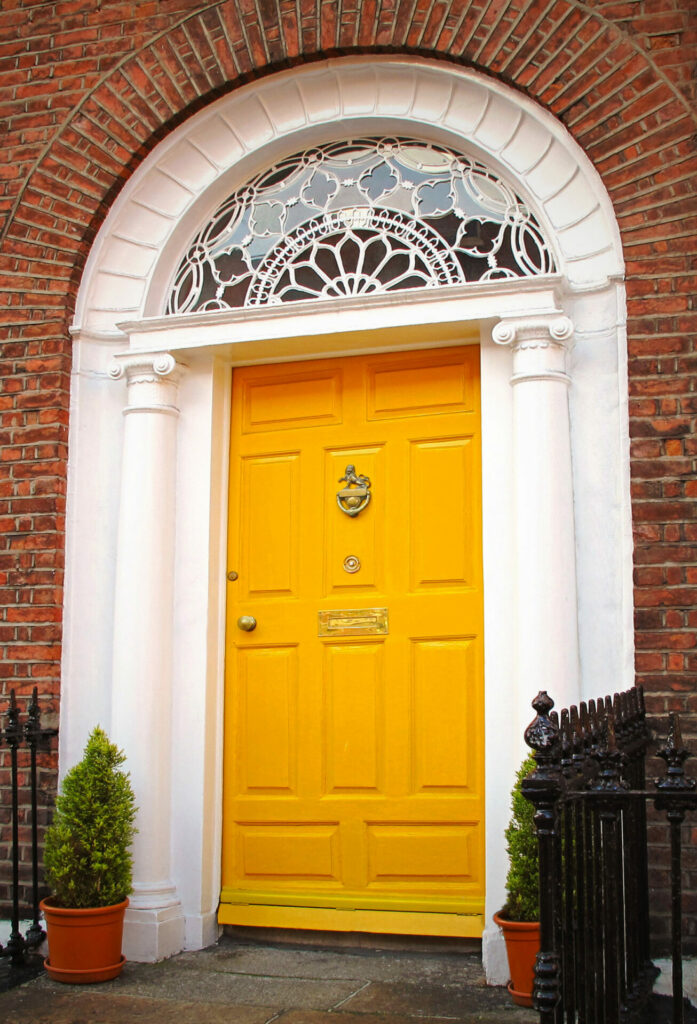
Upon Arrival
After a visitor arrives in my city, I recommend going straight to the heart of Georgian Dublin. They can ease into the city’s built heritage on the Southside, strolling gracious squares past terraces of brightly painted doors with intricate fanlights. Highlights include Leinster House — the current seat of the Oireachtas (Ireland’s Parliament), it was originally the palace of the Dukes of Leinster.
Crossing over to the Northside, 14 Henrietta Street is in one of the city’s earliest areas of Georgian development. This social history museum traces the life of one address from well-heeled beginnings to tougher tenement times.
The best time to be here depends on your idea of what makes a good holiday. The city’s pulse is at its quickest from April to September when the weather’s fine and tourist season is in high gear, but it can be quite hectic. For a quieter vibe, October to March is markedly more chilled (temperatures included). There’s still plenty to do and see… but no crowds to contend with or over-tourism to contribute to.
I tell first-time travellers to take home a memory of the Fair City sourced from the artist-and-designer-led shops around town. I also tell them to avoid disposable souvenirs; they may be omnipresent but they’re not representative. See ‘Shopping Locally’ below…
People from Ireland’s capital know better than to drink coffee from international mega-chains. Instead, they would rather support locals serving excellent drinks and treats from Italian classics to Argentinian specialities. Dublin is serious about a quality cuppa; independent cafés and coffee spots are not hard to find.
The best museum to start your journey and get a good sense of this city is the Little Museum of Dublin on St Stephen’s Green, where in their own words they’re “obsessed with history, hospitality and humour” — three key ingredients in getting to grips with the place and its people. Over 5000 donated objects illustrate Dubliners’ generosity in helping the museum to amass its collection of everyday treasures. But be sure to visit some of Dublin’s other outstanding museums as well.
Parents should take their kids to any of the city’s parks in fair weather for fresh air, stately trees, birdsong… and a good run-around. For kid-friendly history that’s also fascinating for grown-ups, the replica famine ship Jeanie Johnston tells the stories of passengers fleeing An Gorta Mór (The Great Hunger); while just next door, EPIC The Irish Emigration Museum is an equally absorbing trip back in time (FYI, you can get a combo ticket for both attractions on either website). EPIC’s fun, interactive displays will teach you all about Ireland’s biggest and most successful export; its people.
Food From The Heart
Among the dishes my city is most proud of, many say that Dublin Coddle — boiled sausages, potatoes and rashers of bacon — is a must. Opinion is mixed on this one; not everyone rates it and it’s not necessarily the prettiest bowlful, but it is undeniably local! I send visitors to try it at John Kavanagh (aka The Gravediggers). This public house has been family-run since 1833 beside the East Gate of Glasnevin Cemetery, hence the pub’s being nicknamed after its core clientele.
When we get together to celebrate unsurprisingly, a pint of Dublin-brewed Guinness is often part of the round. Though it does depend on the drinker; many enjoy whiskey (with many locally distilled options). In any case, a celebration isn’t required for a get-together and what’s more important is finding the perfect Dublin pub to call your own. With over 700 of them, it’s actually tricky to walk through the city without passing one.
When I eat completely local, I’m likely to head to Camden Street. One of my favourites in this row of restaurants is Sunil Ghai’s Pickle. The food is always memorable — incredibly flavourful, beautifully presented Northern Indian cuisine using locally sourced Irish ingredients. It’s one to book in advance (between visits I’m working my way through re-creating some of Sunil’s delicious recipes via his cookbook, Spice Box).
Other standouts in that same neighbourhood include stylish Spanish-influenced Uno Mas with a menu that changes daily; the sweetly hidden-away ‘secret’ Cake Café, accessed through a bookshop; Zaytoon for unpretentious Persian (think halal kebabs, for us this is a late-night staple); and Mister S featuring live-fired sustainable fish and produce sourced from local ethical farms. And that’s only a few of the many choices on this one street.

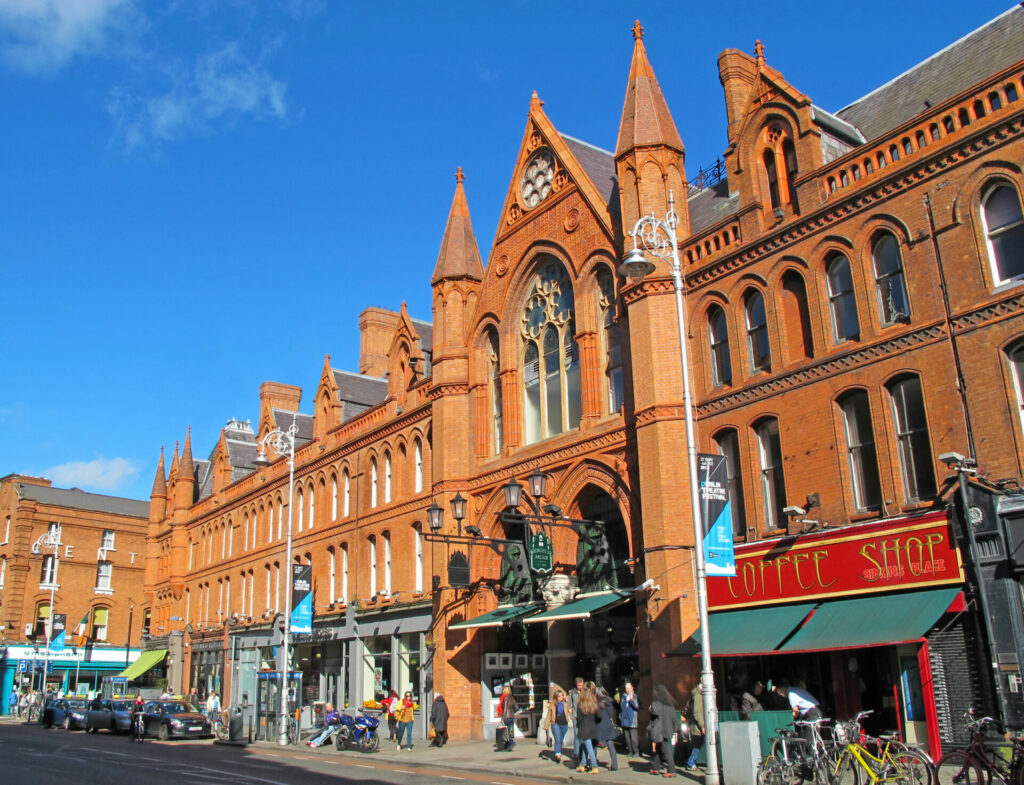
Shopping Locally
My city is known for making… Guinness! Whether or not you’re a fan, it’s hard to deny its worldwide fame, and even non-drinkers enjoy Dublin’s most popular tourist attraction, the home of the Black Stuff. If you simply must buy branded merchandise, this is the place.
The best old-school food market in Dublin is on Moore Street, an open-air fruit, vegetable and flower market running Monday-Saturday. One of the oldest of its kind, there’s a longstanding tradition of bargains and banter amid echoing vendors’ cries: “Bananas, get yer bananas here!”
The best market to buy everyday items is George’s Street Arcade, a striking red-brick building with over 40 independent traders for vintage, vinyl, accessories, artwork, books, bags — you name it. Browse, buy, or stop to grab a snack; do it all indoors, out of the weather and under one roof.
I always take visitors to Jam Art Factory to buy local keepsakes with genuine personality. It’s a hub for contemporary Irish art, created by brothers John and Mark Haybyrne (the J and M in ‘JAM’). Among the handpicked prints, ceramics, textiles and jewellery are lots of unique items that can be tucked neatly into a traveller’s bag. And we know to avoid plastic tricolour flags, cheap leprechaun figurines and fluorescent-green polyester ties sporting shamrock prints.
Getting Deeper Into Dublin
A great book to learn more about my city is Three Castles Burning: A History of Dublin in Twelve Streets by lecturer and historian Donal Fallon. Based on his social history podcast, it’s crammed full of quirky details even many born-and-bred Dubs wouldn’t know. But if you’d also like to read about the place from the perspective of one of our many celebrated writers, pick up James Joyce’s Dubliners.
Most people know about St Patrick’s Cathedral, but Christ Church Cathedral should also be on their must-see list, because they are equally splendid. At St Patrick’s (rescued from ruin in the 1860s by Benjamin Lee Guinness, grandson of brewery founder Arthur), author Jonathan Swift, a former Dean, is buried; while Christ Church is the final resting place of Strongbow, a key figure in the Anglo-Norman invasion of Ireland some 850 years ago.
My city is a place people are attracted to because of its innate hospitality, authentic characters and ease of getting around.
Most people think of my city as just a place to party, but really this is a destination to inhale the history, soak up the streetscapes, connect with the culture and dive into the arts scene. The built environment is truly a living, growing thing — with an ongoing conversation between heritage buildings and newer architecture, the Dublin Docklands being a prime example.
This is one of the best places in the world to experience the magic of live performance, whether that’s as a ticketholder or onstage. Locals are proud of that and touring musicians agree; they love playing gigs in Ireland’s capital, add it to their itineraries time and again and often capture the sound of Dublin audiences for posterity.
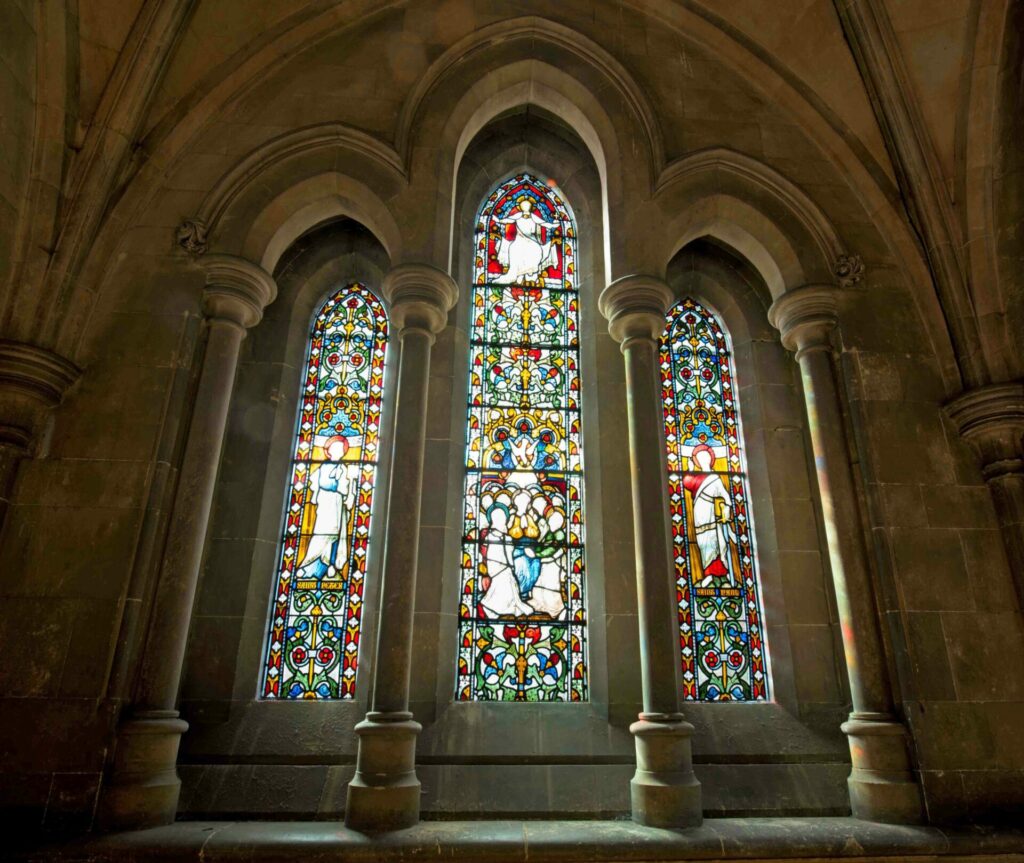

Getting Around Dublin
One thing you should know about getting around my city is that the centre is compact and very walkable. Other good alternatives are cycling, buses, trams (the Luas) and trains. In many ways you’re better off without a car, as traffic can be heavy, parking can be expensive and street layouts can be bewildering to out-of-towners — including inaccessible pedestrianised areas and off-limits lanes used by the Luas, buses and taxis.
The best way to travel in my city to have as little impact as possible is on foot or on two wheels.
Luckily this method of transportation also allows me to slow down, see things I might have missed otherwise, and walk or cycle off some of the snacks I’ll be eating along the way. It’s also ideal for leisurely photo-taking.
Outside The City
To get away and into the outdoors, I hit the Dublin Coastal Trail, with stops from Skerries in the north of the city all the way down to Killiney in the south. The DART (Dublin Area Rapid Transit) rail line gets you where you need to go, with excellent scenery to accompany your journey. A favourite Coastal Trail stop is Sandycove’s 40 Foot, where hardy souls can walk straight into the sea for a dip.
For a day trip just beyond my city, I visit the neighbouring county of Wicklow. Inviting towns like Bray and Greystones are within easy reach using public transport (the DART is also the go-to for this). Or visitors can arrange an outing with Hilltoptreks to see the sights of Wicklow Mountains National Park.
Many vacationers will be tempted to head for far-flung places such as Blarney Castle or the Cliffs of Moher on a day trip; but it can be a long, tiring day of sitting on coaches and rushing around without much time to explore on your own. Instead, they might consider someplace closer like picturesque, lively Kilkenny with its castle, Medieval Mile, independent shops and restaurants. It’s only 90 minutes away by train.
Closer to home, I really enjoy the views of my city from Clontarf Promenade, Sandymount Strand or anywhere where there are vistas over the water, sea birds calling, and fresh breezes. I’ll also visit some of our many bridges for their distinctive outlook on the River Liffey. In particular, I have soft spots for both the 200-year-old iron Ha’penny Bridge and the modern, sleek Samuel Beckett (named after the Irish writer).
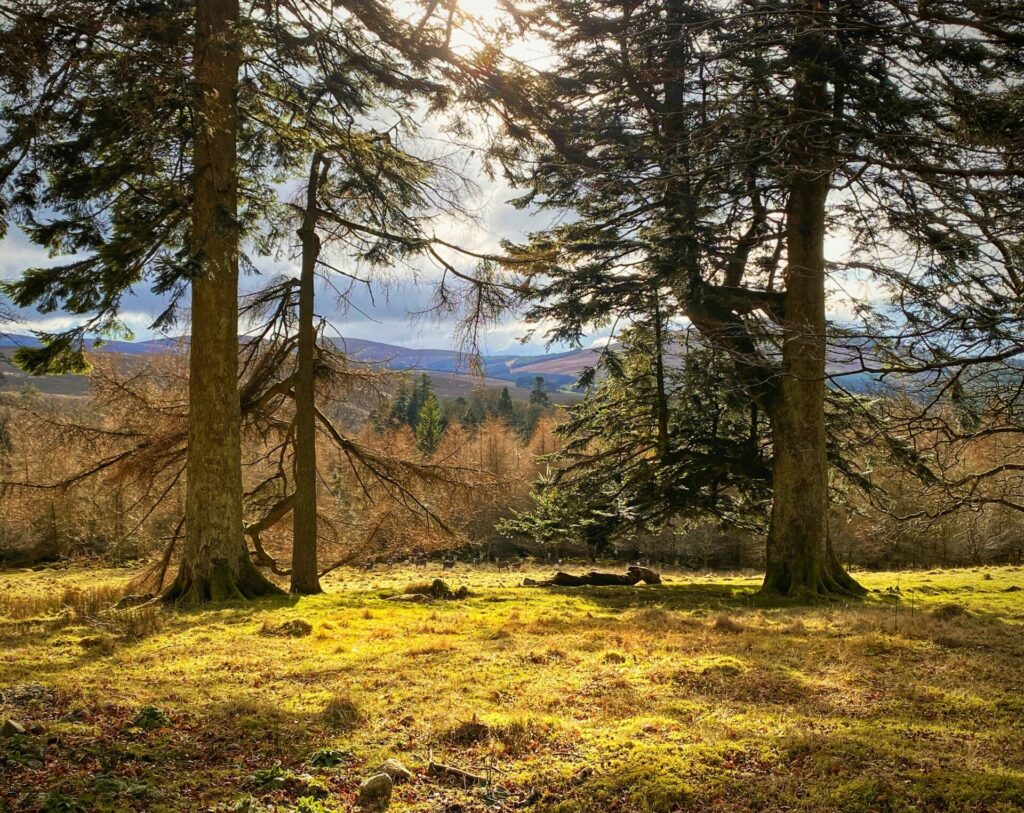
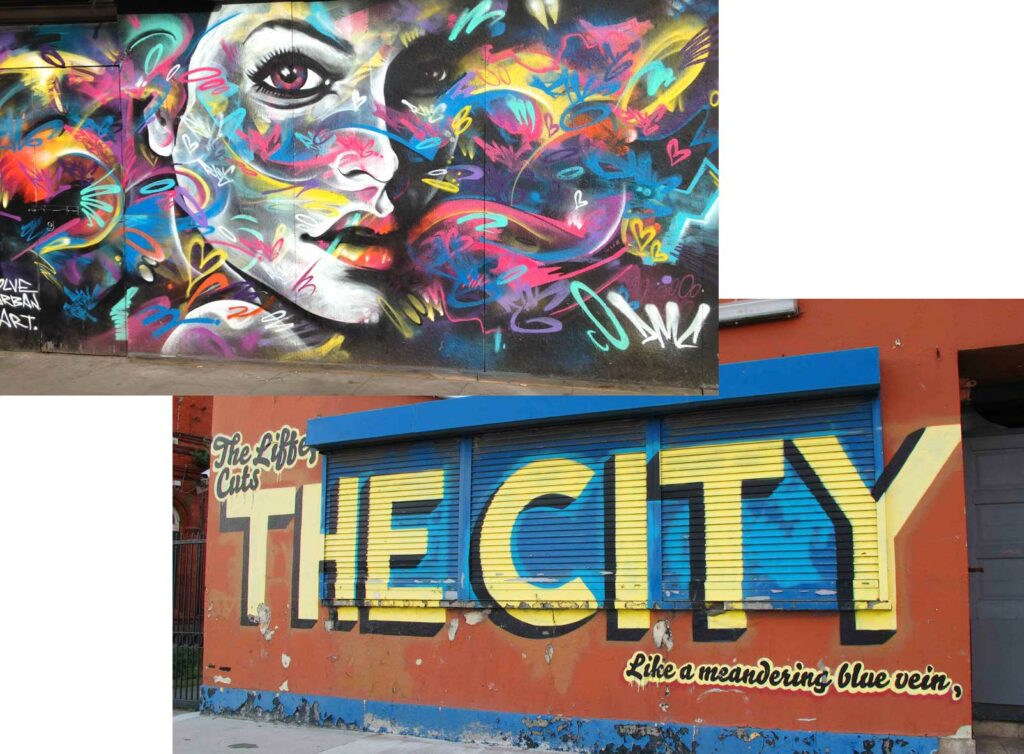
Connecting With Locals
When I want to have fun and celebrate being out in my city, I book in for a long lingering brunch somewhere that does indulgent food and cocktails — places like herbstreet, Brother Hubbard, or Krewe.
To hang out with my friends and go to a real insider spot, we head for the Iveagh Gardens. Nestled right in the middle of the city, this ‘secret garden’ is less well-known to visitors than neighbouring St Stephen’s Green but only a stone’s throw away. There are lawns, walkways, statues, a yew maze, a rosarium and fountains.
The best resource for finding out what’s going on around town is the long-running Dublin Event Guide (for Free Events) compiled as a labour of love by Joerg Steegmueller. Or I’ll pick up a copy of Totally Dublin, a freesheet “dedicated to covering Dublin high and low, North and South, upside down and inside out”. the official Visit Dublin website also has tonnes of information on what’s happening hereabouts.
When I want to enjoy my city without spending much (or any) money, I go on a street art safari, looking for the latest additions to Dublin’s walls by local and international artists. Or I pop into Bread 41, where owner Eoin Cluskey puts ethical practices and sustainability first (and the bakes are fab too). I take away whichever pastry strikes my fancy and a flat white, then walk through the nearby Trinity College Dublin grounds happily munching. If you do this, beware any greedy gulls circling; they will grab the food right out of your hands given half a chance!
A visit to Dublin Castle packs in pick-and-mix architecture; lovely gardens with secluded little corner pockets; and an exploration of the extensive and diverse Chester Beatty collection, promoting “the appreciation and understanding of world cultures” while offering an ever-changing programme of activities. My personal favourite is qigong at the rooftop garden. (Free museum admission, though if you’ve a fiver to give it’s more than worth it.)
Whelan’s is my first choice for music because there’s so much variety, with different stages to choose from and a kaleidoscope of acts to see; it’s an unfolding rabbit warren of rooms that’s been going strong for over 70 years. For something in a different sort of historic setting, I visit the National Concert Hall for anything from classical to new music (orchestral 80s hits, anyone?). And when I feel like dancing, I stick with Whelan’s for the Silent Disco or go to The Workman’s Club for its throwback nights.
Finding Solitude In Dublin
When I want to go somewhere to relax in my city, I head to the Phoenix Park to breathe in the natural beauty of this large enclosed public park, walking the trails and spotting roaming herds of fallow deer. The National Botanic Gardens is another haven of peace and quiet, as is Glasnevin Cemetery next door (a pedestrian gateway links them through a shared wall); together, the two make for hours of tranquillity. Or I’ll grab a sandwich to take to St Stephen’s Green for a picnic and people-watching. Set aside as parkland in the 1600s, the green was eventually renovated and gifted to the public by Lord Ardilaun, Sir Arthur Edward Guinness (yep, great-grandson of the brewer; you really can’t escape this family in Dublin).
What makes me proudest of my city is our love affair with the written word. Special spaces like the grand National Library of Ireland with its serene Main Reading Room; historic Marsh’s Library (Ireland’s first public library, dating to 1707); and the magnificent Long Room in the Old Library at Trinity represent the pride we take in our homegrown writers and our literary legacy. We also showcase those talents in brilliant museums like MoLI (the Museum of Literature Ireland), not to mention all the bookshops, statues, and festivals celebrating our scribes.
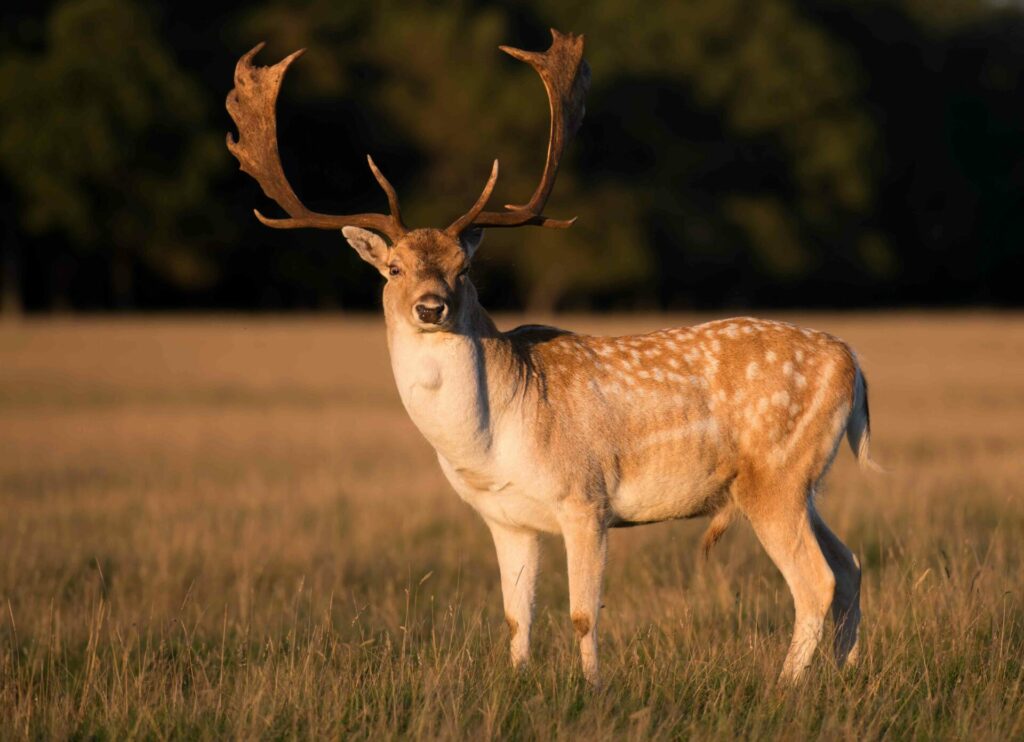
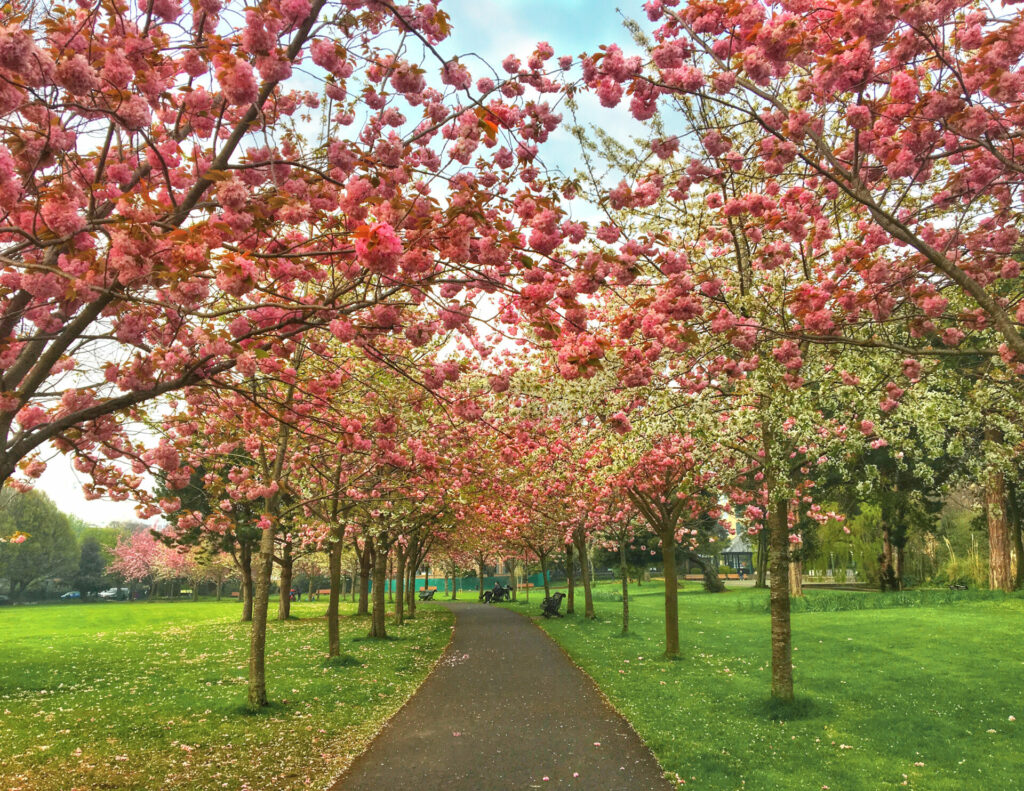
When The Seasons Change, This City Shines
Spring (March to May) is the best time to witness Dublin’s annual reawakening. Though in the traditional calendar, St Brigid’s Day or Lá Fhéile Bríde (February 1st) marks the end of winter, practically speaking it’s from mid-March onwards that the weather improves noticeably as trees burst into leaf and flowers bloom. It’s also when we famously celebrate St Patrick with citywide festivities.
I always recommend visitors make the most of the summer happenings (June to August) because Dublin has wonderful warm-weather festivals like our annual outpouring of LGBTQ+ Pride; Bloomsday, a tribute to James Joyce’s novel Ulysses; and the Festival of Curiosity creating a culture of inquisitiveness through science, arts, design and technology.
Autumn (September to November) here is also unmissable for festivals — this is heaven for theatre fans, with the Dublin Theatre Festival and Dublin Fringe Festival to keep them busy. On one eventful evening in September, Culture Night presents dozens of free performances, tours, and hands-on workshops. While in October, the Open House Dublin free festival of architecture has 100+ guided tours, films and exhibitions across the city.
The winter months (December to February) are a great time to eat a substantial breakfast then take a frosty stroll. A bracing walk along the Great South Wall to the bright-red Poolbeg Lighthouse and back will blow away the mental cobwebs. As Christmas approaches, Dublin is aglow with eco-friendly, low-voltage Winter Lights twinkling all over town. Come January, TradFest fills Temple Bar and notable venues around the capital with live Irish music and cultural events.

